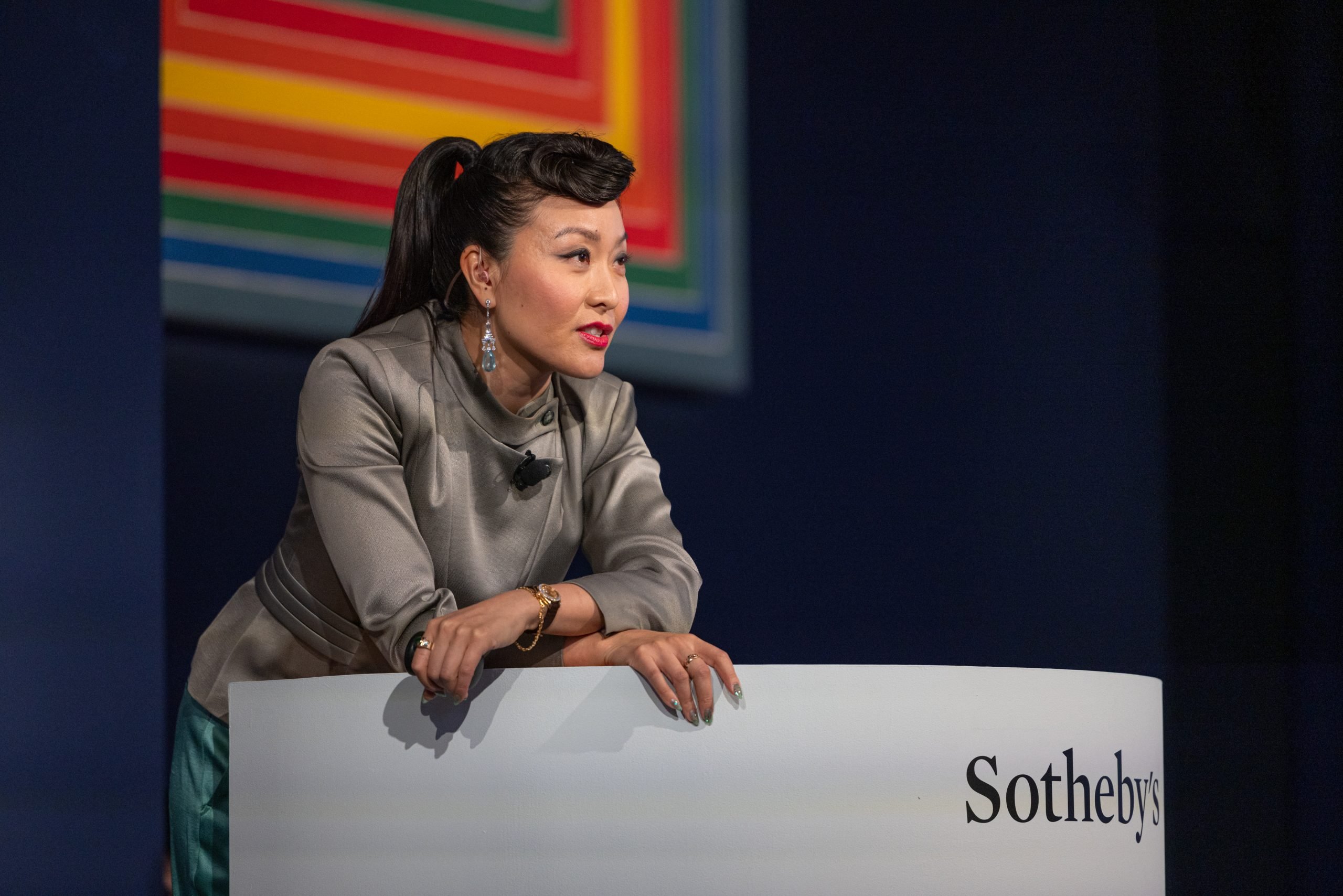
This article is part of the Artnet Intelligence Report Mid-Year Review 2024. Our analysis of the first half of the year’s market trends provides a data-driven overview of the current state of the art world, highlighting auction results and trends, and spotlights the artists and artworks shaping the dialogue.
How is Sotheby’s navigating the more subdued art market?
I think it is easy to sometimes get caught up in top-line narratives. But if you consider all the incredible artworks and objects we’re seeing come through our doors daily and what we have to look forward to, the outlook feels just as vibrant as ever.
That’s not to say that this year hasn’t been without its challenges, but over the course of our 280-year history, we have always found ways to adapt. Innovation has always been a part of our DNA. Even in the midst of a changing market recently, for instance, we introduced a lower buyer’s premium, and we are already seeing a positive impact—strong demand, high sell-through rates, and increased auction participation. There are so many exciting things coming, too, especially with the opening of our new buildings in Paris, Hong Kong, and New York. We are no strangers to having to innovate to thrive.
What advice do you have for clients navigating the current market challenges?
My advice for collectors and bidders always remains the same: Buy what you love, as ultimately, your collection should be a repository of treasured pieces that reflect your tastes and interests and what makes you happy. That said, do also be sure to research ahead of time, talk to people, and—if you’re planning to bid, for instance—arm yourself with advice on what to expect.
What does Sotheby’s have planned for its new Hong Kong building?
We are really excited for this next chapter in Asia, with the opening of our brand-new space right at the very heart of Hong Kong’s luxury quarter. The building will be shaped by two distinguished spaces: Sotheby’s Salons on one floor and beautiful exhibition spaces below, which will host year-round exhibitions and auctions. In the past, our major marquee sales in the city always took place during two key moments in the auction calendar. But now we’re looking forward to shaking things up a little—staging auctions throughout the year and at times that make most sense for our collectors globally.
What are the main trends or areas of interest you are seeing among Asian clients?
In general, we are seeing far more cross-category buying from our clients in Asia. When I was first introduced to some of my clients, they were seemingly only focused on one category, like Chinese works of art, but now they are participating in our modern or contemporary sales, and even 20th-century design and jewelry auctions. Many Asian clients who entered the market a few years ago are, of course, now seasoned, and they are comfortable with the auction process. They’re curious, and they are now feeding that curiosity by dipping their toe into other categories. With globalization, horizons are expanding for collectors in Asia, just as they are for collectors everywhere, and personal aesthetics are evolving, too. Our exposure to art has become unavoidable. It’s like pop music!
Auctioneer Phyllis Kao leads the sale of works at Sotheby’s auction house. Courtesy of Sotheby’s.
You have already drawn attention for your confident auctioneering style, and it’s gratifying to see more women on the rostrum. What has it meant to you to carve out this role?
It happened by accident! I have been in the auction industry since leaving school, and I became an auctioneer almost straight away. I was cataloging silver in my first job, before moving into Western decorative arts, and then Asian art, then Chinese art, and now I’m a client strategist for the modern art department. My experience is broad, though I suppose my one constant has always been the auctioneer role. I have been doing this for 15 years now, so it is quite funny when, all of a sudden, people start recognizing something that you’ve done for a long time. And it makes you look back and think, “How did I get here!” Since taking my first evening sale, “The Now,” clients, colleagues, and even strangers have approached or messaged me out of the blue saying how important it is to see someone of Asian heritage, and a woman, in my position, on such a global platform. It is really touching and inspiring. It is not why I took to the auctioneer role in the beginning, but those positive messages have created a new motivation for me—and a new sense of pressure! I just kept taking sales because I loved it, and I still do.
What is one of the most important lessons or skills you’ve developed during your time at the auctioneer podium?
I learn something new every time I stand at the rostrum. Each sale is different, and some auctions are more challenging than others. We are dealing with complicated productions, with thousands of eyes watching, and it’s crucial you know what’s best for your own performance and that you trust yourself. Speak up. Don’t blindly trust that someone else knows better than you what you need to be your best. And always take the time to reflect afterward.